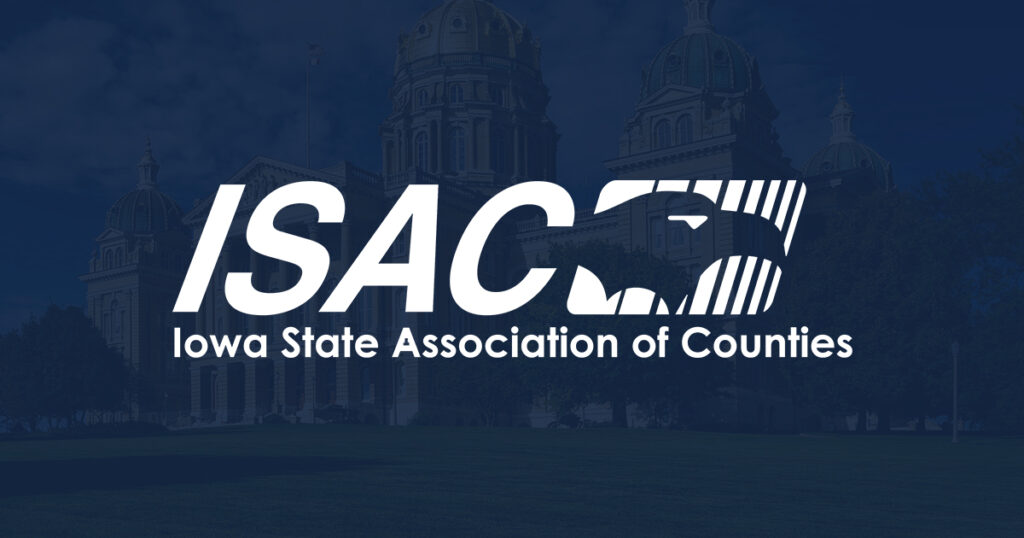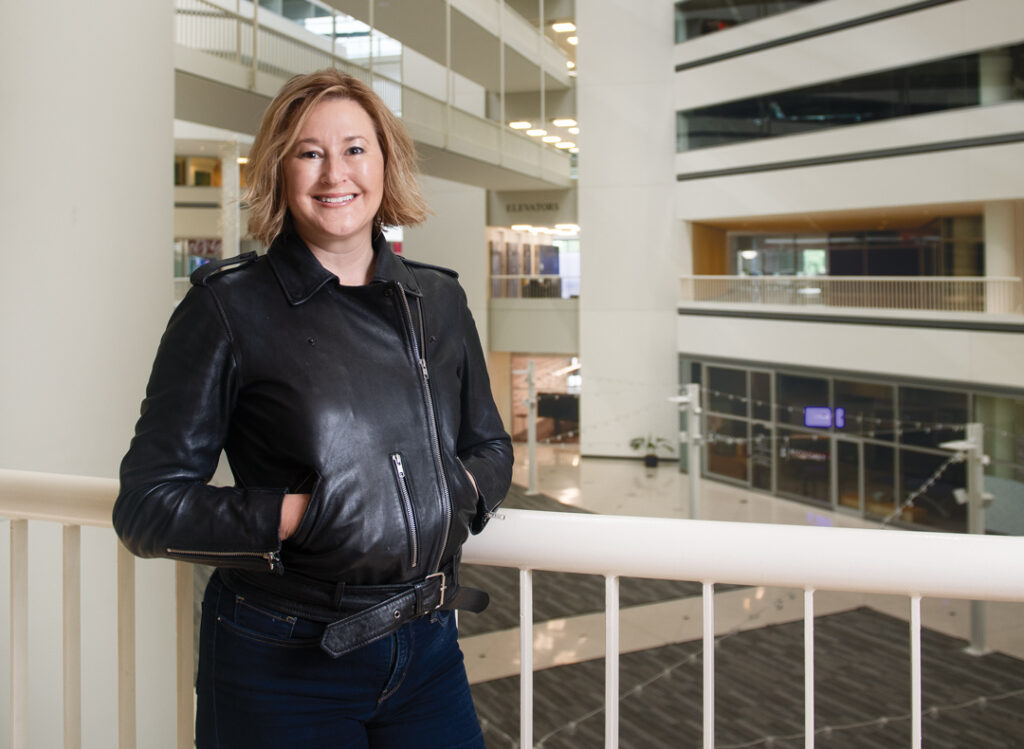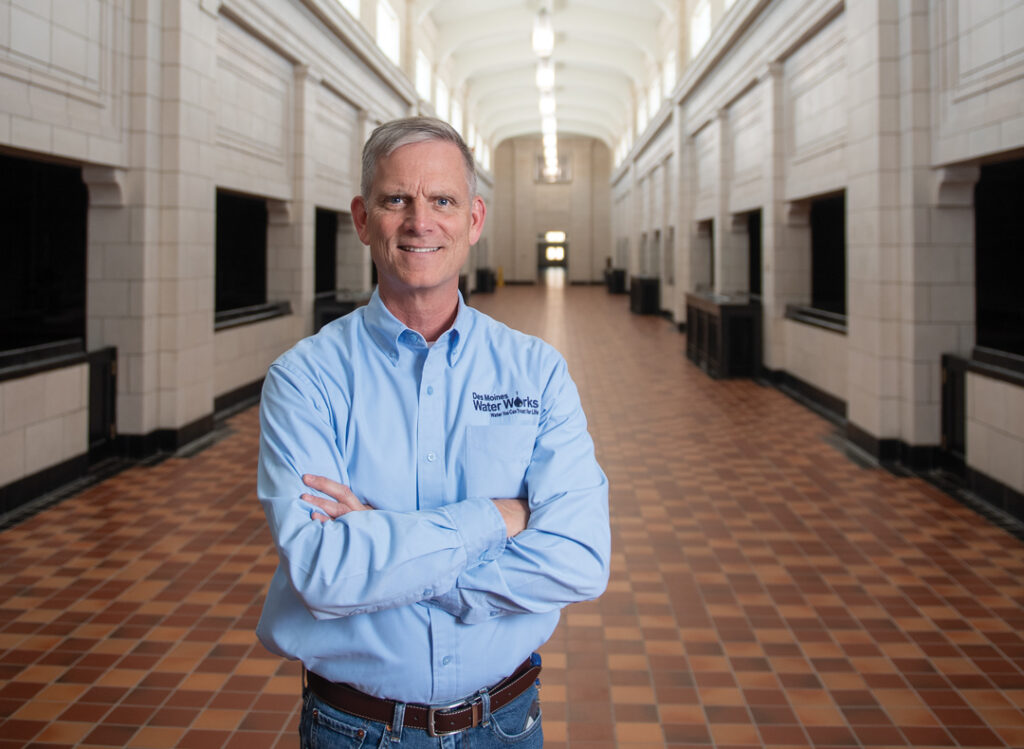Strong Towns chief: Wide roads hurt communities

PERRY BEEMAN Jun 30, 2015 | 8:41 pm
<1 min read time
0 wordsBusiness Record Insider, Economic DevelopmentCharles Marohn, president of the nonprofit Strong Towns, stopped by Windsor Heights Community Center this morning at the invitation of the Urban Land Institute Iowa. His message: Wide roads can be bad for business.
Marohn, an engineer, runs an organization that promotes neighborhoods and cities that are financially resilient.
Here are a few of his main points from today’s presentation, which drew developers, engineers, consultants, and representatives of the Des Moines Area Metropolitan Planning Organization and the Greater Des Moines Partnership:
-
“We have created a system that manufactures congestion. Every time we build something, we end up with massive congestion. So we have to massively overbuild.”
-
In many towns, dilapidated city blocks featuring old-style development actually bring more tax revenue than one with a fast-food restaurant or two, and parking.
-
“A street is a platform for building wealth.” But the most wealth will come only if pedestrians and bicyclists can get around as well as vehicles.
-
Wide roads with big shoulders and cleared ditches work great in rural areas, saving “untold millions of lives” through safe designs. “But if you bring that design into urban areas, it causes a problem. We give drivers the illusion of safety, and speeds go way up. If you need a sign to tell people to slow down, you designed the road wrong.”
-
“The indicator species of success is not the automobile, it’s people.”
-
The “complete streets” movement now under debate in Des Moines, which combines bike lanes with narrow streets and nice pedestrian access, might not be the best answer. “Complete streets fail to get us where we need to go because they accommodate pedestrians in an area dominated by automobiles. Productive places accommodate autos within an area dominated by people.”
-
Streets that include turning lanes can be so wide they discourage walking in the neighborhood.
Reactions to Marohn’s ideas was favorable.
Paul Trombino, director of the Iowa Department of Transportation, who also spoke at the session, said that some major highways — including Interstate 235 — would not have been built if officials had been told before construction what the full operation and maintenance costs would be over 50 years. In many cases, state highways in urban areas should be operated like large city roads to improve pedestrian access and business development, something the DOT has pursued successfully in Council Bluffs and Dubuque, for example. Those cities are taking over some former stretches of state highway, dodging some of the restrictions that come with the state designation.
A local mass transit official also liked what she heard.
“I think it’s great,” said Elizabeth Presutti, general manager of the Des Moines Area Regional Transit Authority. “Transit thrives where there are great people” with easy access to bus stations, she said. While it is hard to serve wide roads with turning lanes such as Douglas Avenue, Presutti said, four-lane roads with good pedestrian access, such as Grand Avenue downtown, work well for buses and shuttles.
Rick Tollakson, president and CEO of Hubbell Realty Co., said many of the improvements Marohn envisions mean promoting high-density development. That’s great, but it would take changes in city codes in many areas, Tollakson said. For example, the blocks of small houses in Windsor Heights, near the Community Center, couldn’t be built today because codes would prevent the narrow lots.









